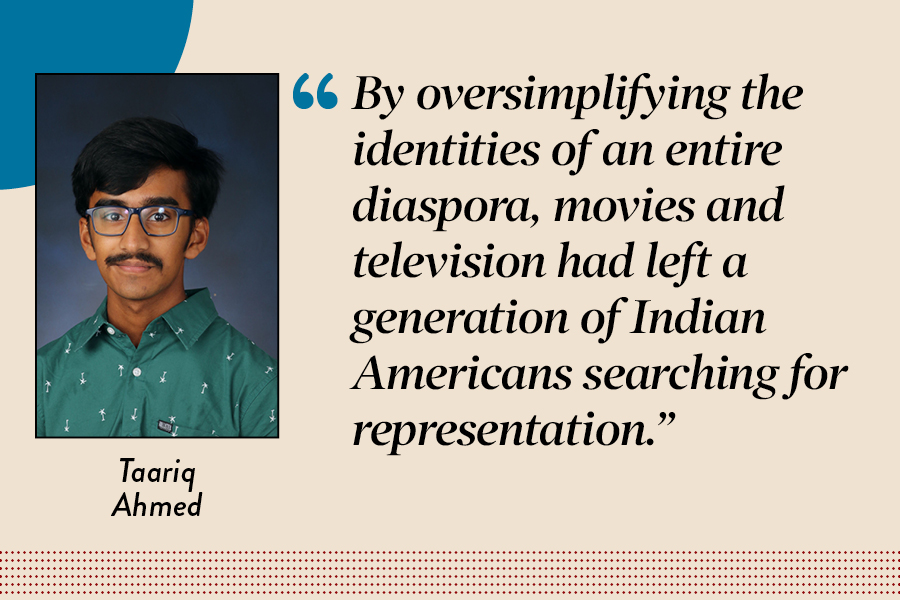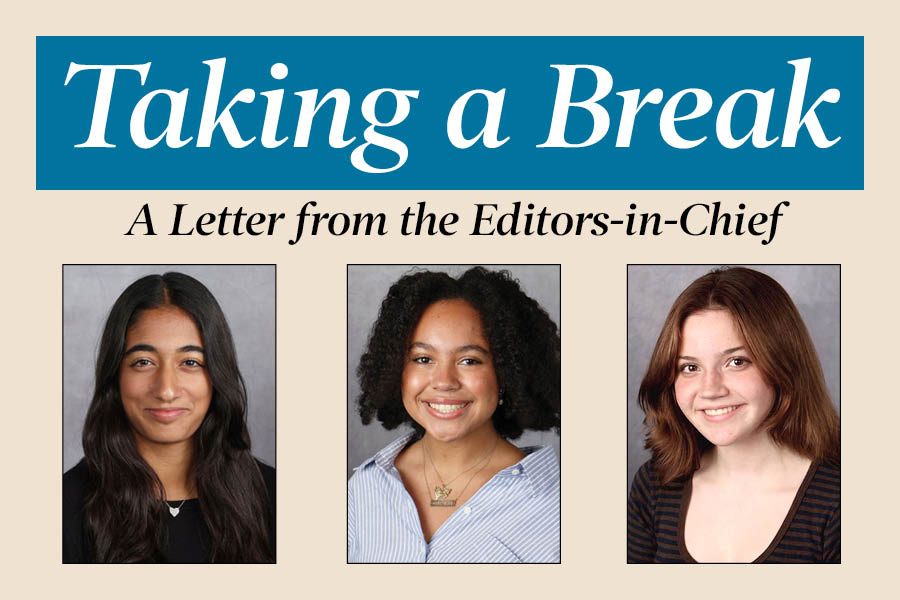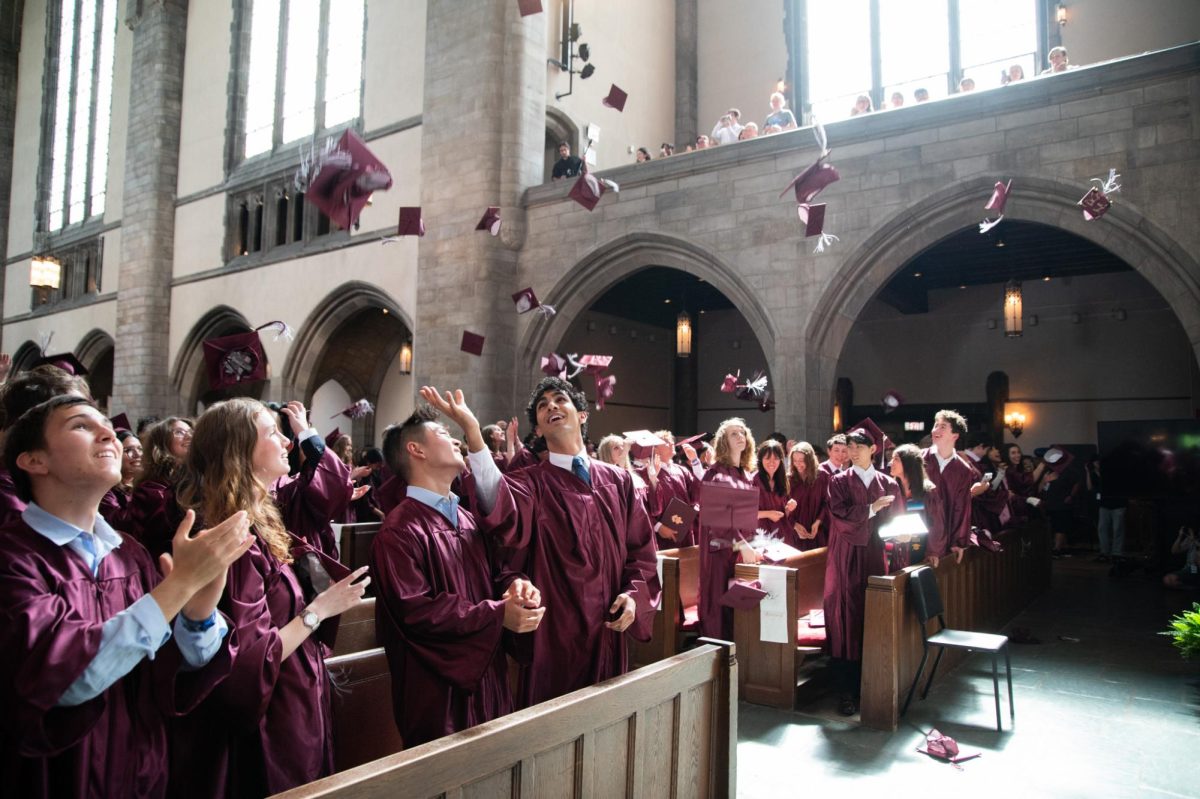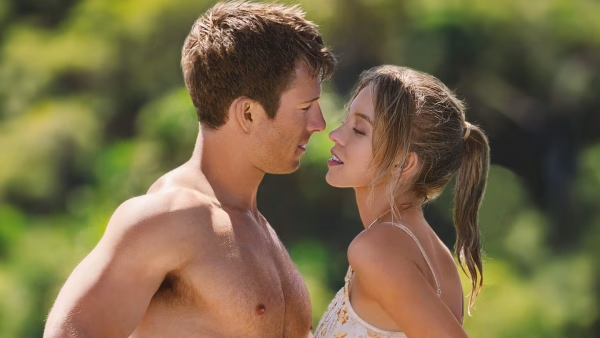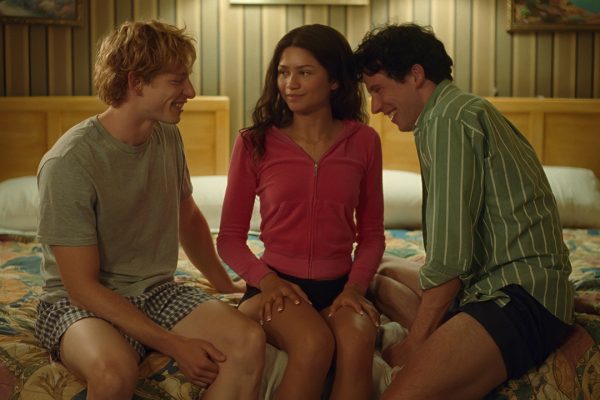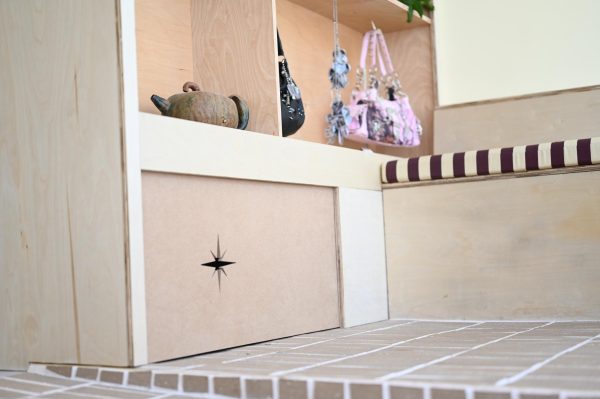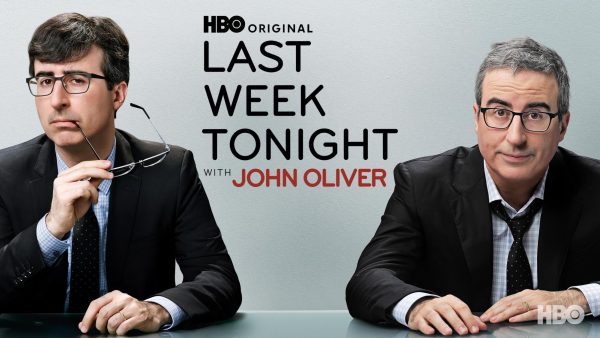Indian American stereotypes should be battled through more diverse representation in media
Midway Staff
Reporter Taariq Ahmed argues that stereotyped representation of Indian Americans in media can be harmful by oversimplifying a diverse culture.
January 30, 2023
As a little kid, I used to rush home after school to catch my favorite television shows, “Phineas and Ferb” and “Jessie,” on Disney Channel. While most of my peers loved the shows for more general reasons, I cherished the fact that each one featured an Indian American: Baljeet Tjinder from “Phineas and Ferb” and Ravi Ross from “Jessie.”
I enjoyed the shows from the eyes of a small Indian American child. Look Mom and Dad, he looks like me! As a result, I barely noticed the recurrences between Baljeet and Ravi’s personalities. The obsession with getting good grades. The pathetic awkwardness. The constant state of embarrassment.
As I grew older I started to identify this disturbing trend of stereotypical depictions of Indian Americans across entertainment and realized how these portrayals can negatively impact people, including me. By oversimplifying the identities of an entire diaspora, movies and television had left a generation of Indian Americans searching for representation.
In the 20th century, American filmmakers used exoticism to outcast Indian culture: from Peter Sellers’ “brownface” imitations in “The Party” (1968) to the ridiculous portrayals of Indians in the blockbuster “Indiana Jones and the Temple of Doom” (1984). Soon, Indian Americans became popularly misrepresented in American television, the most notorious example being Apu from “The Simpsons” (starting in the 1990s). But the development of the stereotypical image of the “nerdy” and “puny” Indian American child became truly dangerous for the identities of young Indian Americans. So when other kids my age started to call me “Baljeet” and “Ravi,” it made sense because their misconceptions about me were only amplified by movies and television.
Still, I run into countless Indian Americans who believe otherwise. Why are you shaming these shows and movies that have entertained an entire generation? I love Baljeet and Ravi! Plus, there are a lot of us just like them!
A lot of Indian Americans’ objectives center on academic success, and the pressure often comes from our own families and our own community. But whether you choose to pursue the lifestyles of Baljeet and Ravi, there is no right or wrong way to be an Indian American. Just different ones. Therefore, when the Baljeet-and-Ravi system is asserted as the only correct way, a much larger cultural struggle that Indian American kids have long undergone is ignited. What does it mean to be Indian? And am I Indian enough?
For those who believe stereotyping for comedy’s sake is a fair rationale, I turn to what Paarth Sharma wrote for The Economic Times: “Those who defend this portrayal argue that this is ‘just a joke.’ But it stops being a joke the moment people are killed in hate crimes. It stops being a joke the moment an Indian American embraces the stereotype and becomes a real-life Ravi in order to get laughs. It stops being a joke the moment a fifth grader gets bullied like Baljeet because his classmates think it is acceptable, even normal, to treat him that way.”
Coincidentally, Indian American comedians have become the face of progress. I can still remember the first time that my Indian American friends and I watched Indian American comedian Hasan Minhaj’s stand-up special, “Homecoming King,” in which he described the intricacies of the immigrant experience. Mr. Minhaj exposed harsh truths about our background and shared stories that left us enlightened and empowered, and he does in much of his work. And other Indian American comedians, like Aziz Ansari, Hari Kondabolu and Kal Penn, have all spoken out against racial stereotyping in entertainment.
Movies and television have made strides. “Never Have I Ever” stands out for portraying Indian Americans differently, especially protagonist Devi Vishwakumar, the star of the show. The show is far from perfect, but Devi’s character is new and fresh. The integration of Indian Americans into mainstream entertainment has been unsteady, but we are becoming painted as more complicated. We must continue to push for complexity because the next generation of Indian American kids who come running home after school to watch their favorite television shows deserve better representation.



